Home>Interior Design>What Color Is Replacing Millennial Pink? Designers Love This Color Instead
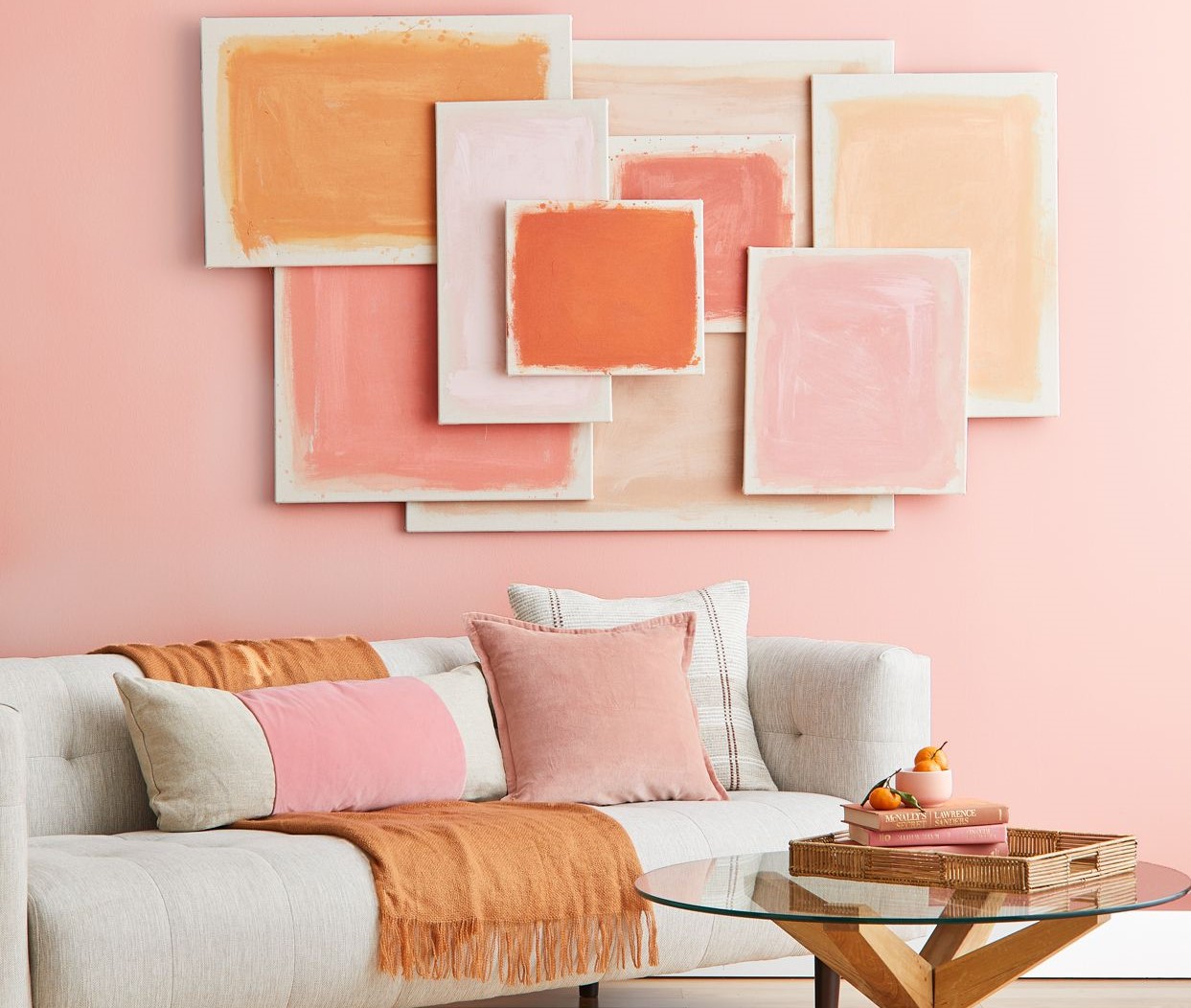

Interior Design
What Color Is Replacing Millennial Pink? Designers Love This Color Instead
Modified: October 20, 2024
Discover the new color taking over interior design! Designers are loving this vibrant shade as the perfect replacement for Millennial pink. Find out what it is!
(Many of the links in this article redirect to a specific reviewed product. Your purchase of these products through affiliate links helps to generate commission for Storables.com, at no extra cost. Learn more)
Introduction
In the ever-evolving world of interior design, trends come and go, but one color that captured everyone’s attention in the past decade was Millennial pink. This soft, blush-toned hue took the design industry by storm, adorning walls, furniture, and decor in homes, offices, and retail spaces across the globe. However, as with any trend, its popularity waned over time, making way for a new color to take its place.
So, what color is replacing Millennial pink? Designers have set their sights on a refreshing and captivating shade that has been gaining popularity across various design disciplines. This color, which we will reveal shortly, is loved by designers for its versatility, impact, and ability to instantly transform any space.
Join us as we delve into the rise and fall of Millennial pink, explore the new color trend, discover why designers are enamored with it, and explore how it is dominating the design industry.
Key Takeaways:
- Sage green is the new darling of interior design, replacing Millennial pink. Its versatility, soothing qualities, and timeless appeal have captured the hearts of designers and homeowners, dominating the design industry.
- The psychology behind sage green reveals its power to evoke harmony, calmness, and a connection with nature. This soothing color has made a significant impact on fashion, beauty, and interior design, offering a fresh and sophisticated aesthetic.
Read more: 5 Best Millennial Pink Ideas To Try Now
The Rise and Fall of Millennial Pink
Millennial pink, also known as blush pink or baby pink, emerged as a dominant trend in the early 2010s. It captured the hearts of millennials and became synonymous with a modern and youthful aesthetic. The color was seen everywhere – from fashion runways to Instagram feeds to home decor magazines.
The appeal of Millennial pink lay in its soft and soothing nature. It represented a departure from the traditional gender associations of pink, embracing a more gender-neutral and inclusive approach. This made it an appealing choice for many, as it could be effortlessly integrated into any design scheme.
However, as with any trend, the saturation of Millennial pink led to its downfall. Its ubiquity in the market left many feeling fatigued and desiring something fresh and exciting. Designers and consumers alike began searching for the next color that could make a bold statement and capture the spirit of the times.
Enter the new color trend that has taken the design world by storm.
The New Color Trend
The color that is replacing Millennial pink as the darling of the design world is none other than… Sage green. This versatile and soothing color has made a strong comeback in recent years, captivating the attention of designers and homeowners alike.
Sage green is a hue that sits between green and gray, evoking a sense of tranquility and nature. It brings a touch of the outdoors inside, creating a calming and harmonious atmosphere in any space. This color is loved for its ability to effortlessly blend with a variety of design styles, from minimalistic and modern to bohemian and rustic.
Designers are drawn to sage green not only for its aesthetic appeal but also for its versatility. It can serve as a beautiful backdrop for other colors, allowing them to pop and create visual interest. Alternatively, it can be used as the dominating color, creating a serene and cohesive look throughout a room.
One of the reasons why sage green has gained such popularity is its ability to evoke a sense of balance and serenity in our chaotic and fast-paced world. As people increasingly seek refuge in their homes, this color provides a calming retreat from the outside world.
Furthermore, sage green is a color that transcends trends and stands the test of time. While it may have a moment in the spotlight now, its timeless appeal ensures that it will remain a favorite among designers and homeowners for years to come.
Why Designers Love This Color
Sage green has captured the hearts of designers for several compelling reasons. Firstly, it offers a refreshing departure from the bold and vibrant colors that have dominated the design scene in recent years. With its subtle and understated nature, sage green adds a sense of sophistication and elegance to any space.
Designers also appreciate the versatility of sage green. It serves as a neutral base that can be paired with a wide range of other colors, allowing for endless design possibilities. Whether it’s combined with earthy tones for a natural and organic feel or paired with pops of vibrant colors for a more playful and dynamic look, sage green effortlessly adapts to various design styles and aesthetics.
Another reason why designers are enamored with sage green is its ability to create a sense of balance and harmony in a room. Its calming and soothing qualities make it a perfect choice for spaces where relaxation and tranquility are desired, such as bedrooms, living rooms, or meditation areas.
Beyond aesthetics, sage green also has practical benefits. It is a color that can withstand the test of time, making it a safe choice for homeowners who want a long-lasting design solution. Additionally, sage green has the unique ability to make spaces appear larger and more open, making it a popular choice for small rooms or apartments.
Whether used as a dominant color or as an accent, sage green brings a touch of nature and serenity to any interior. Designers appreciate its ability to create a harmonious and calming environment that promotes well-being and a connection to the natural world.
In summary, designers love sage green for its versatility, timeless appeal, soothing qualities, and ability to harmonize with other colors. It is a hue that brings a sense of balance and elegance to spaces, making it a go-to choice for designers who want to create beautiful and inviting interiors.
How This Color is Dominating the Design Industry
Sage green has not only captured the hearts of designers but has also made its mark on the design industry as a whole. From interior design to fashion, this color is seen across a wide range of disciplines, showcasing its versatility and widespread appeal.
In interior design, sage green has become a dominant trend, adorning walls, furniture, and accessories. Designers are incorporating this color into both residential and commercial spaces, creating a fresh and inviting atmosphere. Whether it’s a sage green accent wall, a sofa, or decorative elements like pillows and curtains, this color instantly transforms a space into a serene sanctuary.
Not only is sage green being used in traditional residential interiors, but it also features prominently in commercial spaces such as hotels, restaurants, and offices. Its calming effects make it an ideal choice for these environments, where creating a sense of relaxation and comfort is crucial.
Beyond interior design, sage green has also made its way into the fashion and beauty sectors. From clothing and accessories to makeup and nail polish, this color has become a staple in many fashion-forward collections and beauty trends. Its soothing and natural appeal resonates with consumers who are looking for a sense of calm and balance in their personal style.
The dominance of sage green can also be seen in the world of art and graphic design. Many artists and designers are incorporating this color into their creations, whether it’s paintings, illustrations, or digital designs. Its versatility and ability to evoke emotion make it a valuable tool for artistic expression.
What sets sage green apart from past color trends is its enduring appeal. While some colors may come and go, sage green has established itself as a timeless hue that remains relevant year after year. Its versatility, soothing qualities, and ability to create a harmonious environment make it a beloved choice among designers and consumers alike.
As the design industry continues to evolve, sage green will likely continue to play a prominent role, inspiring creativity and bringing a sense of calm to the spaces we inhabit and the products we choose.
The color replacing Millennial pink is Gen Z yellow. Designers are embracing this vibrant and energetic shade as the new go-to color for fashion and interior design.
Read more: What Color Curtains For Pink Walls
The Versatility of the New Color
One of the key reasons why the new color trend, sage green, has captured the attention of designers and homeowners is its remarkable versatility. This color has the unique ability to seamlessly integrate into a wide range of design styles and aesthetics, making it a go-to choice for many.
One of the standout qualities of sage green is its neutral undertones. Unlike more vibrant or bold colors, sage green has a subtle and understated nature that allows it to serve as a beautiful backdrop for other colors. It acts as a calming and grounding presence, allowing complementary shades to shine and create visual interest.
Additionally, sage green has the remarkable ability to evoke different moods depending on the context in which it is used. In a light and airy space, it can create a sense of serenity and tranquility. In contrast, when paired with darker, bolder colors, it can add depth and richness to a room, creating a more dramatic and sophisticated atmosphere.
The versatility of sage green extends beyond its compatibility with other colors. It can be used in various design styles, from modern and minimalistic to bohemian and eclectic. In a contemporary space, sage green can lend a fresh and clean aesthetic, while in a more rustic or natural setting, it can enhance the organic and earthy feel.
Furthermore, sage green is not limited to specific rooms or areas in a home. It works equally well in bedrooms, living rooms, kitchens, and even bathrooms. Whether for walls, furniture, or accessories, sage green can be seamlessly incorporated into any space, elevating its overall look and creating a cohesive and inviting atmosphere.
Another aspect of sage green’s versatility lies in its adaptability to different design themes and concepts. It can effortlessly complement a Scandinavian-inspired design with its soft and muted tones, or add a touch of vintage charm to a retro-inspired space. This flexibility allows for endless possibilities in creating unique and personalized interiors.
In summary, the versatility of sage green is a key factor that makes it a beloved choice for designers and homeowners. Its neutral undertones, ability to enhance other colors, compatibility with various design styles, and adaptability to different spaces and themes make it a truly versatile hue that can transform any interior into a visual masterpiece.
Incorporating the New Color into Interior Design
Bringing the new color trend, sage green, into your interior design can completely transform the look and feel of your space. Whether you want to create a calming oasis or add a touch of nature-inspired charm, here are some tips for incorporating sage green into your interior design:
- Use sage green as an accent color: If you’re hesitant to commit to a full sage green room, start by incorporating it as an accent color. Add sage green throw pillows, curtains, or artwork to infuse a subtle touch of the color into the space.
- Paint an accent wall: For a bolder statement, consider painting one wall in a room with sage green. This can create a focal point and add depth and visual interest to the space.
- Choose sage green furniture: Opt for sage green furniture pieces such as sofas, armchairs, or dining chairs to make a lasting impact. The furniture will act as a statement piece while fostering a sense of tranquility.
- Add sage green accessories: Incorporate sage green through smaller accessories like vases, rugs, or table lamps. These touches will add pops of color and tie the room together.
- Combine sage green with natural elements: Sage green pairs beautifully with natural materials like wood, rattan, and jute. Consider incorporating these elements to enhance the organic and earthy feel of the color.
- Experiment with different shades: Sage green comes in different shades and undertones, ranging from cool to warm. Experiment with different shades to find the one that best complements your existing color palette and desired ambiance.
- Combine sage green with complementary colors: Sage green pairs well with a variety of colors. Consider pairing it with soft blush tones for a romantic look, or with deep navy blues for a sophisticated contrast.
- Consider the lighting: The color of sage green can vary depending on the lighting conditions in a room. Be mindful of the natural and artificial lighting sources, as they can influence the appearance of the color.
Remember, incorporating sage green into your interior design should be a reflection of your personal style and preferences. Experiment with different elements and find the balance that speaks to you. With its versatility and calming qualities, sage green is sure to create a harmonious and inviting space.
Fashion and Beauty Trends with the New Color
The influence of the new color trend, sage green, extends beyond the realm of interior design. It has also made its way into the world of fashion and beauty, captivating designers, influencers, and enthusiasts alike. Let’s explore how sage green is taking the fashion and beauty industries by storm:
Fashion:
Sage green has become a staple in fashion collections, both on the runways and in street style. Designers have embraced this color for its versatility and timeless appeal. From elegant evening gowns to casual separates, sage green adds a fresh and sophisticated touch to any outfit.
When it comes to styling sage green fashion pieces, the options are endless. It pairs beautifully with neutral tones like white, beige, and gray, creating a soft and harmonious look. For a bolder contrast, sage green can be paired with rich jewel tones like burgundy or navy blue. Whether in the form of dresses, blouses, or accessories, sage green offers a chic and contemporary aesthetic.
Beauty:
In the world of beauty, sage green has made waves as a popular color choice for makeup and nail trends. Makeup enthusiasts are experimenting with sage green eyeshadows, eyeliners, and lipsticks to create fresh and natural looks. The softness of sage green brings a subtle pop of color to the eyes, enhancing their beauty and creating a captivating gaze.
When it comes to nails, sage green manicures have become a favorite among those seeking a more understated and elegant look. Sage green nail polishes offer a sophisticated alternative to traditional neutrals, and their versatility allows them to be worn in any season. Whether for a subtle everyday look or a special occasion, sage green nails are a chic and modern choice.
Accessories:
Sage green accessories have become coveted pieces in fashion and beauty. Handbags, shoes, and jewelry in this hue add a touch of luxury and class to any outfit. Sage green accessories can be a statement piece when paired with neutral or monochrome looks, or they can complement other colors in a more vibrant ensemble.
Furthermore, sage green accessories are not limited to fashion alone. Beauty tools and products, such as makeup brushes, hair accessories, and skincare packaging, have embraced this color trend. Not only are these products functional, but they also add a stylish and sophisticated touch to your beauty routine.
In summary, sage green has become a prominent color in the fashion and beauty industries, offering versatility, elegance, and a natural appeal. From clothing and accessories to makeup and nails, this color trend continues to inspire and influence designers, influencers, and consumers alike.
The Psychology Behind the New Color
Colors have the power to evoke emotions and influence our moods, and the new color trend, sage green, is no exception. This soothing and nature-inspired hue carries psychological associations that contribute to its popularity and widespread appeal. Let’s explore the psychology behind sage green:
Harmony and Balance:
Sage green is often associated with balance and harmony. Its soft and muted nature brings a sense of tranquility, making it ideal for creating spaces that promote relaxation and well-being. The color’s connection to nature also adds to its calming effects, as we instinctively associate green with growth, renewal, and harmony with the natural world.
Calmness and Serenity:
Sage green has a calming effect on our emotions. Its gentle and neutral undertones create a soothing atmosphere, making it a perfect choice for spaces where peace and serenity are desired. This color can help reduce stress, provide a sense of stability, and create a haven of tranquility amidst the chaos of daily life.
Connection with Nature:
Sage green’s association with the natural world fosters a deep sense of connection with our environment. As humans, we have an innate affinity with nature, and the color green serves as a reminder of this connection. Incorporating sage green into our surroundings can help evoke feelings of rejuvenation, grounding, and a harmonious relationship with the world around us.
Renewal and Growth:
Green, in general, is often associated with growth and renewal. Sage green, in particular, evokes a sense of new beginnings and fresh starts. Being in the presence of this color can inspire a feeling of optimism and positivity, encouraging personal growth and development.
Emotional Healing:
Green is known to have a healing effect on our emotions. Sage green, with its calming properties, can help reduce anxiety and promote emotional well-being. Being surrounded by this color can create a safe and nurturing space, encouraging emotional healing and relaxation.
In summary, the psychology behind sage green reveals its ability to promote harmony, calmness, and a sense of connection with nature. This color has the power to create a serene and rejuvenating environment, allowing us to find solace and balance in our daily lives.
Conclusion
The reign of Millennial pink may have come to an end, but the design world has found a fresh favorite in the form of sage green. This versatile and soothing color has captured the hearts of designers, homeowners, and even the fashion and beauty industries. Its rise to prominence can be attributed to its timeless appeal, calming qualities, and ability to evoke a harmonious connection with nature.
As we explored the various aspects of the new color trend, it became clear why designers love this hue. Its versatility allows for seamless integration into different design styles and aesthetics. Sage green can be used as an accent color, painted as an accent wall, or incorporated through furniture and accessories. Its ability to harmonize with other colors and create a sense of balance sets it apart from other trends.
Not only has sage green dominated the design industry, but it has also made a significant impact on fashion and beauty. Sage green garments and accessories add a fresh and sophisticated touch to outfits, while makeup and nail trends embrace the color’s softness and grace. Sage green beauty tools and packaging offer a stylish and chic addition to our daily routines.
The psychology behind sage green reveals its power to evoke emotions, promote tranquility, and foster a connection with nature. Its association with balance, calmness, and growth makes it a perfect choice for creating serene and rejuvenating spaces.
In conclusion, the new color trend of sage green has taken the design world by storm, replacing the popularity of Millennial pink. Its timeless appeal, versatility, calming qualities, and connection with nature have made it a beloved choice among designers and homeowners alike. Whether incorporated into interior design, fashion, or beauty, sage green offers a fresh and sophisticated aesthetic that is here to stay.
Frequently Asked Questions about What Color Is Replacing Millennial Pink? Designers Love This Color Instead
Was this page helpful?
At Storables.com, we guarantee accurate and reliable information. Our content, validated by Expert Board Contributors, is crafted following stringent Editorial Policies. We're committed to providing you with well-researched, expert-backed insights for all your informational needs.
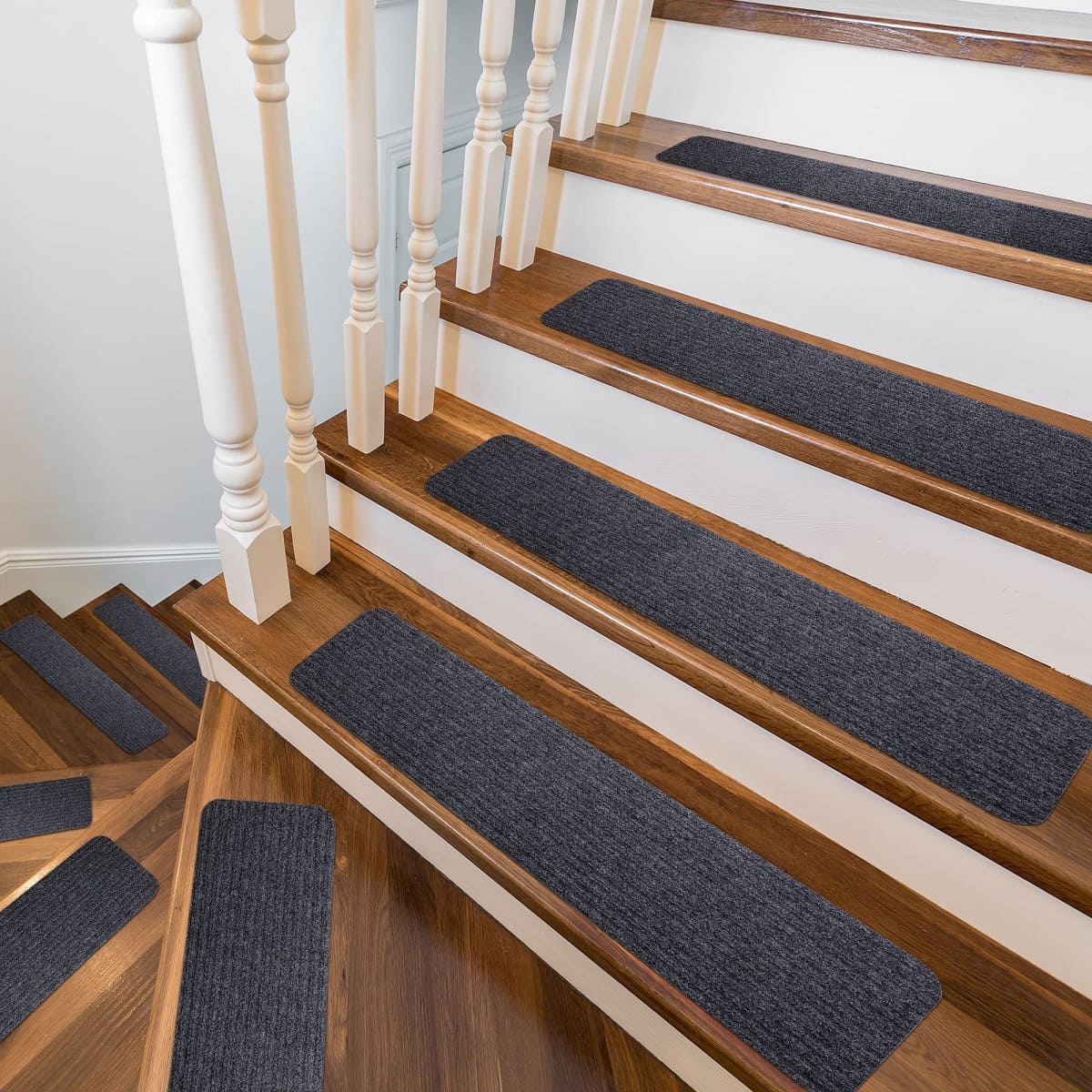
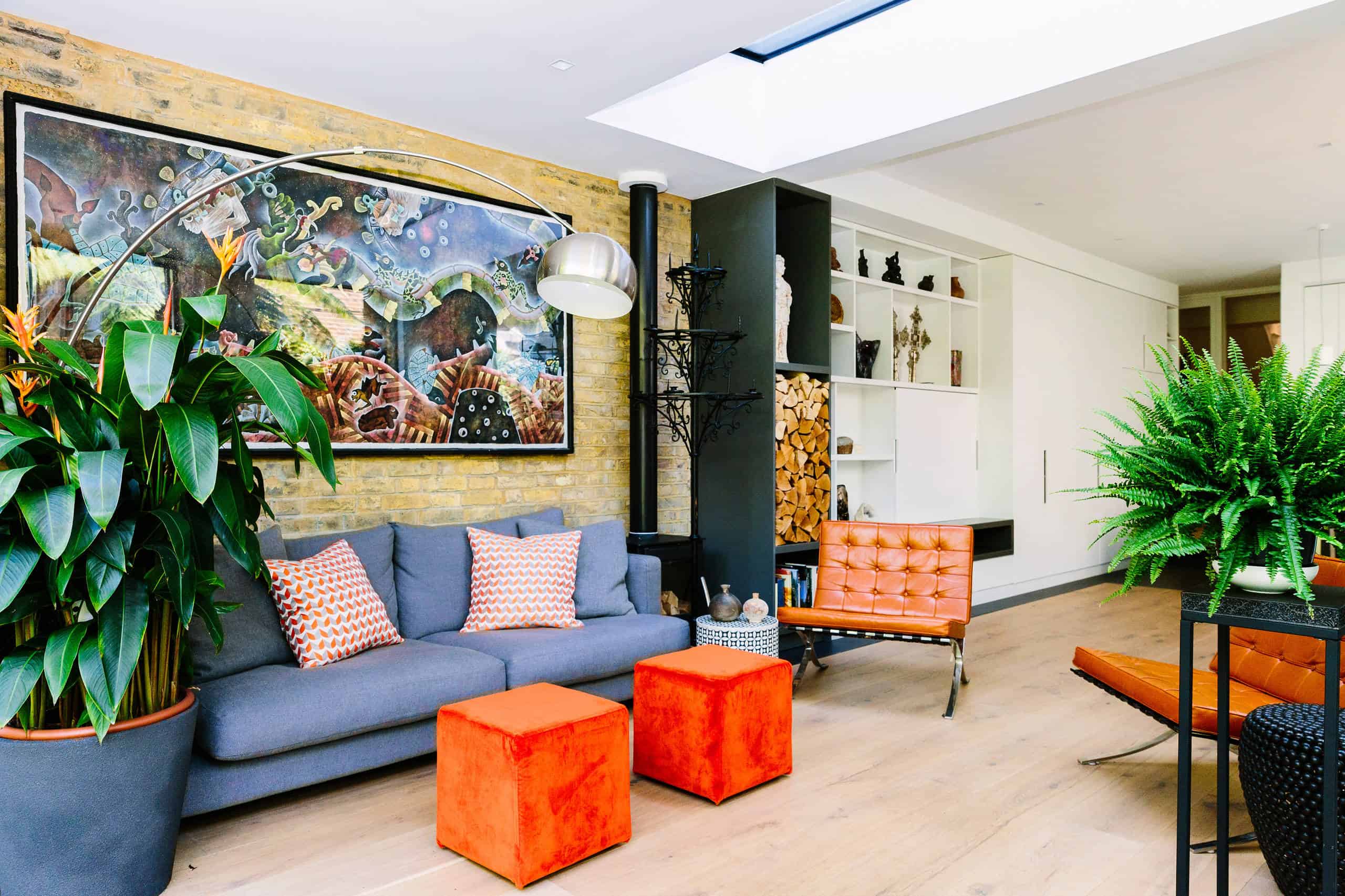

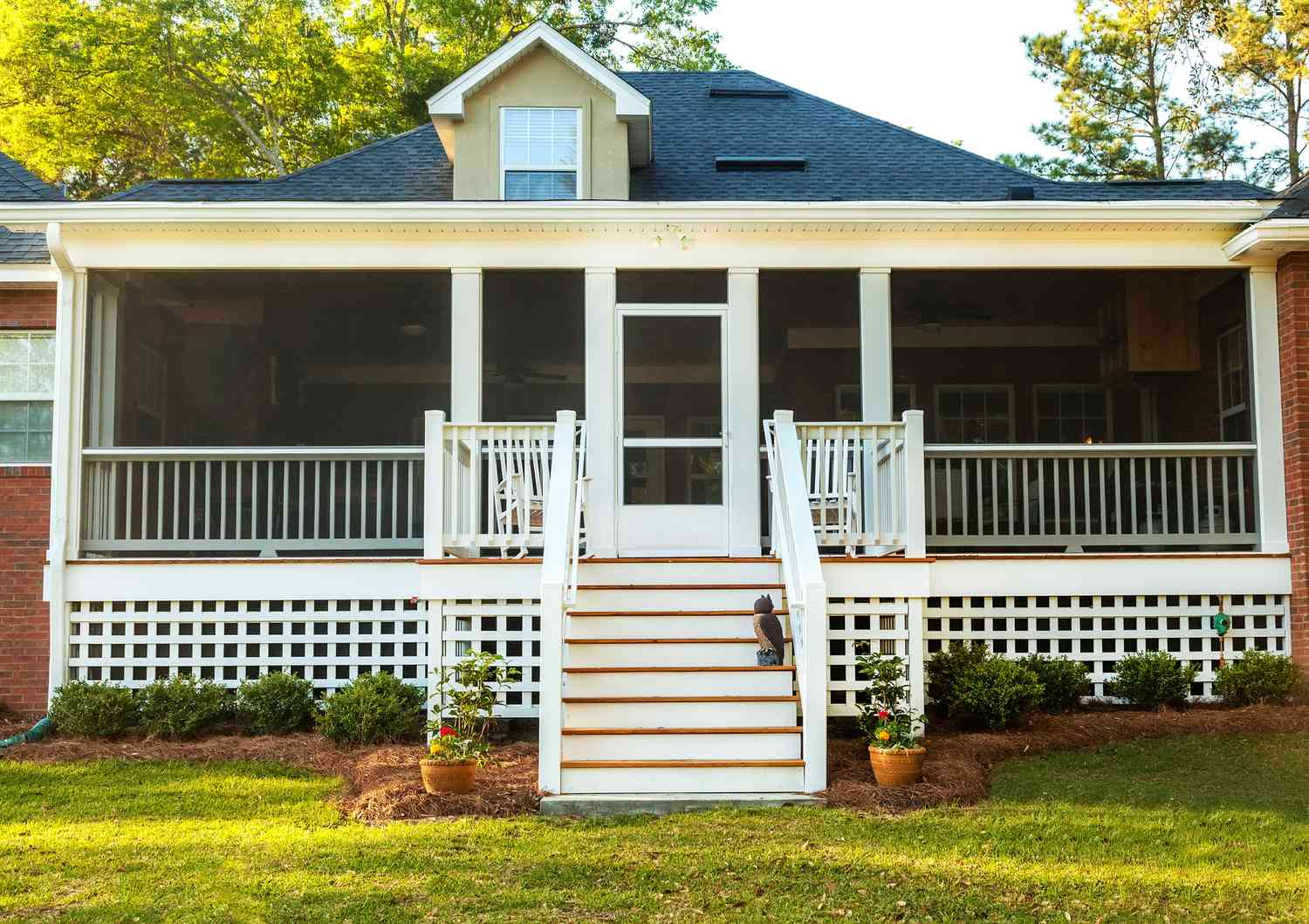
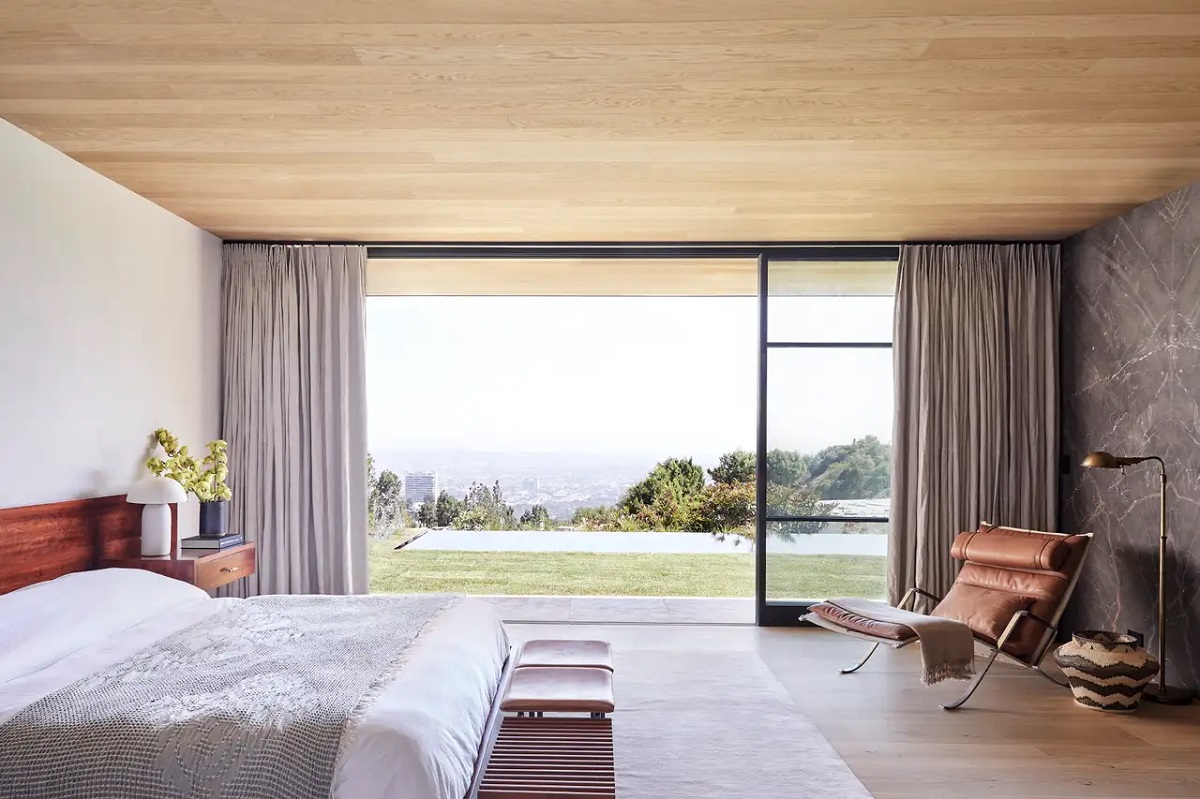
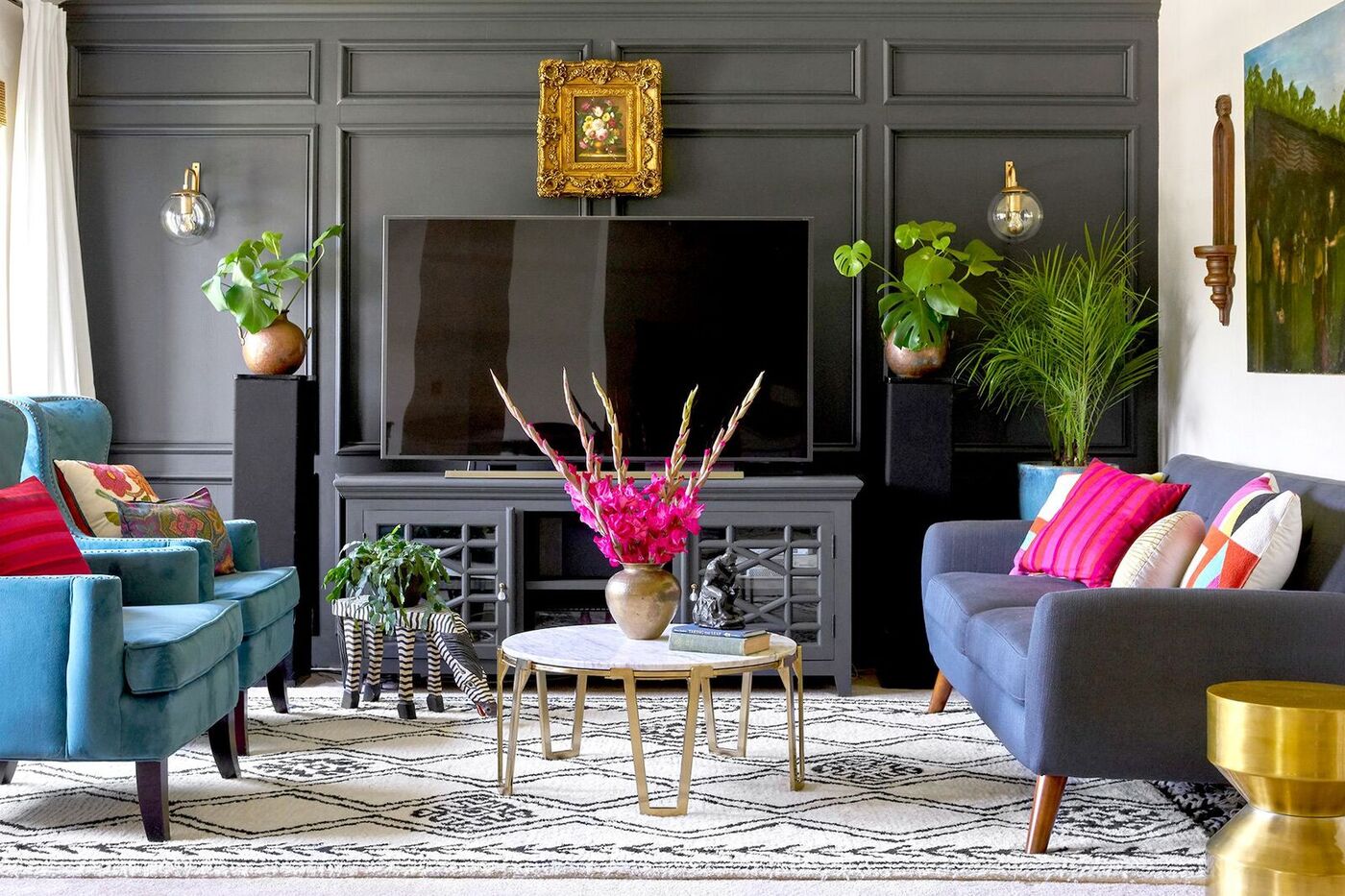
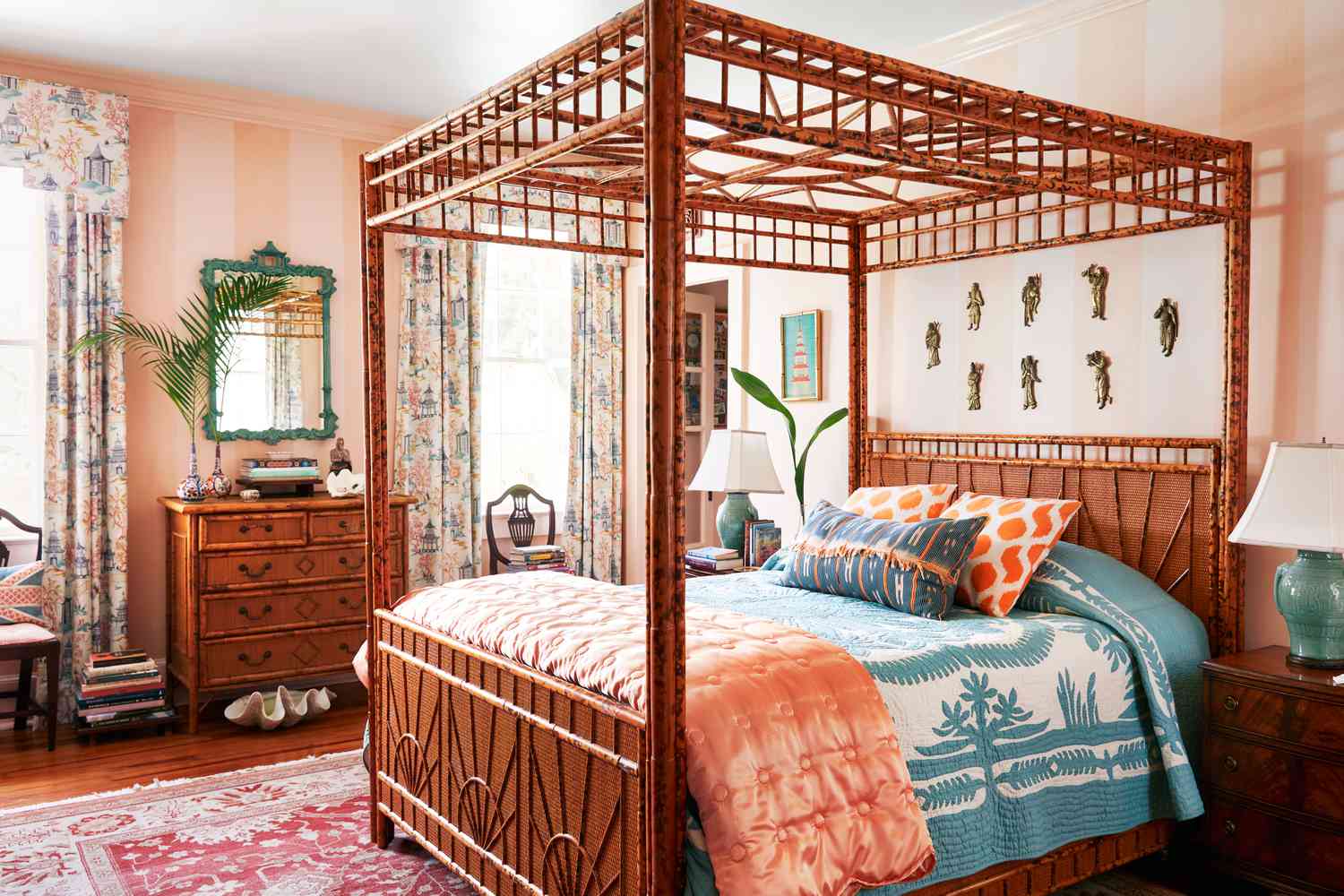
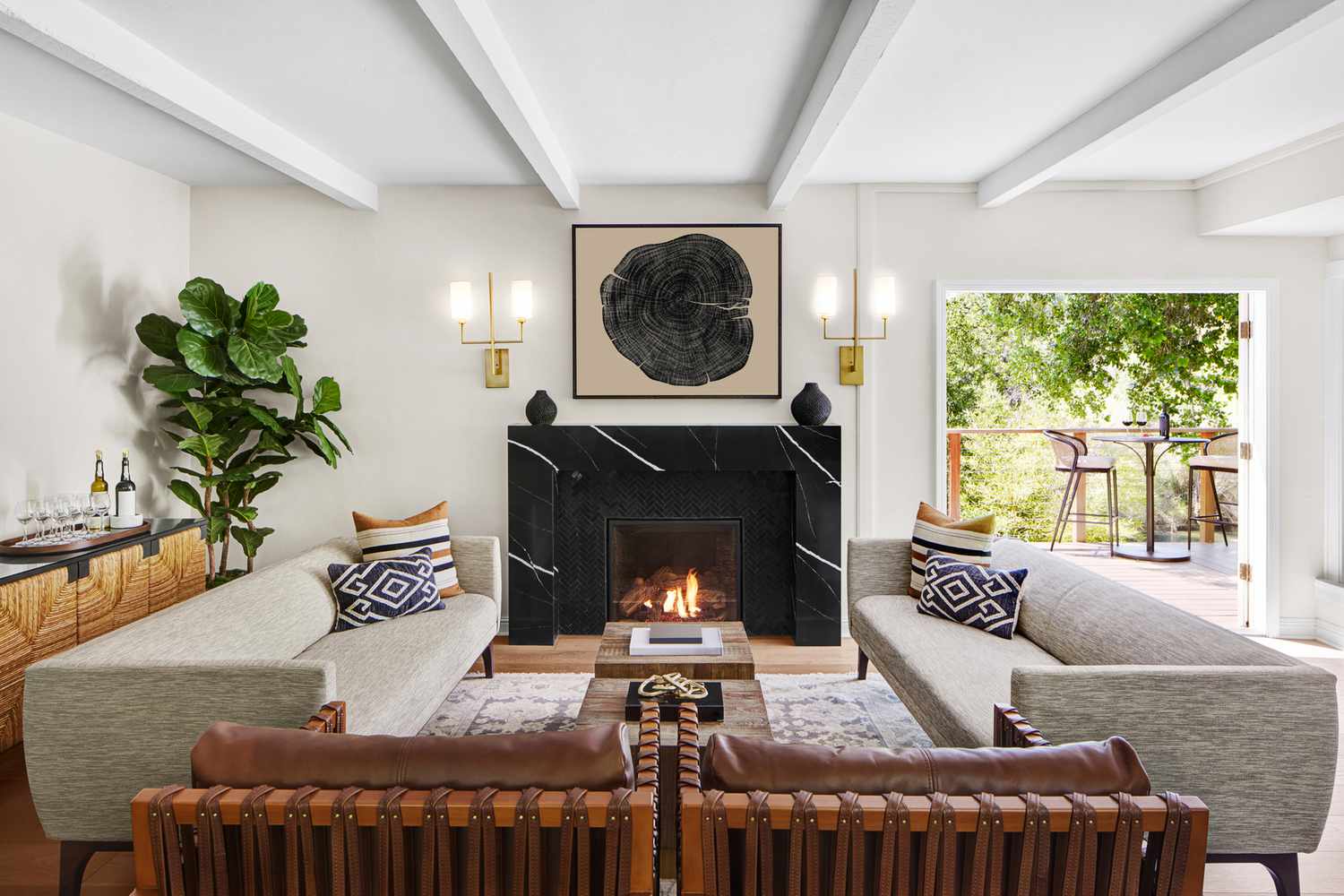
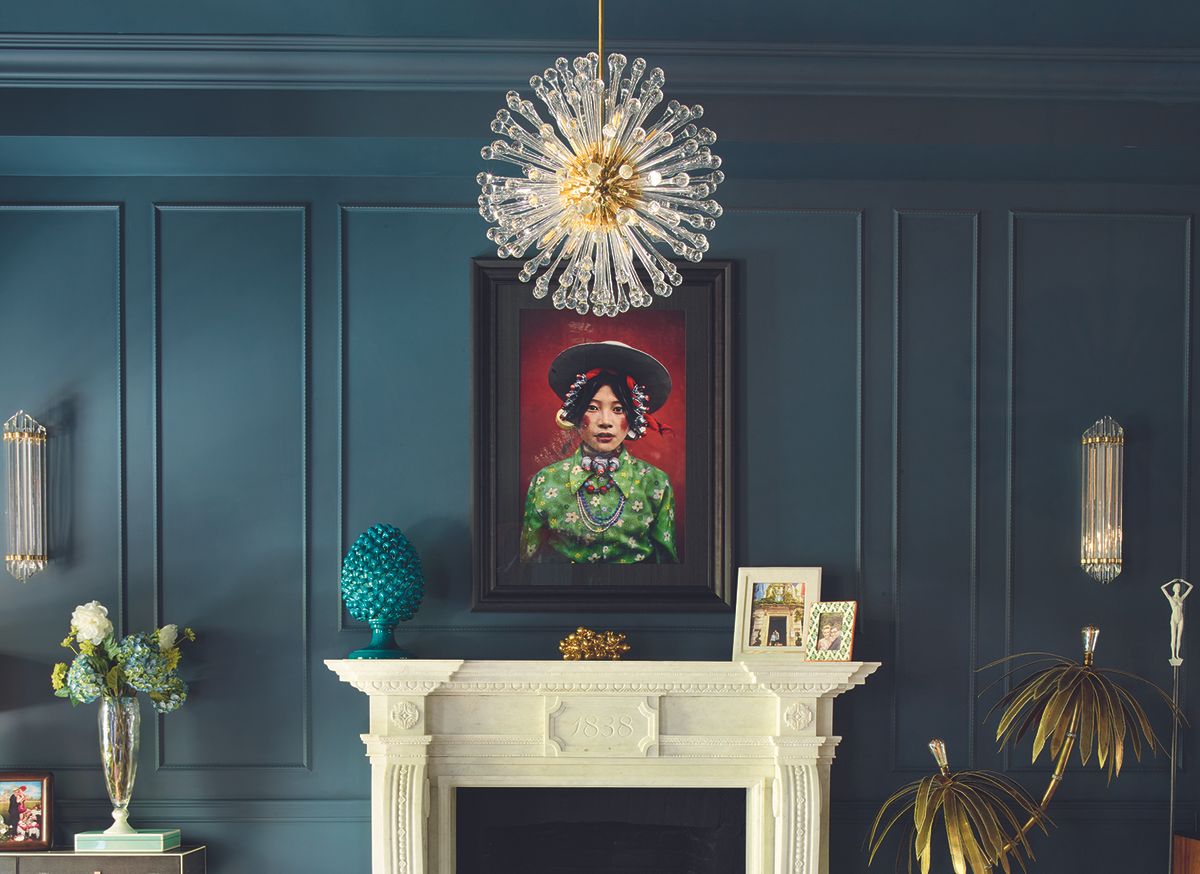
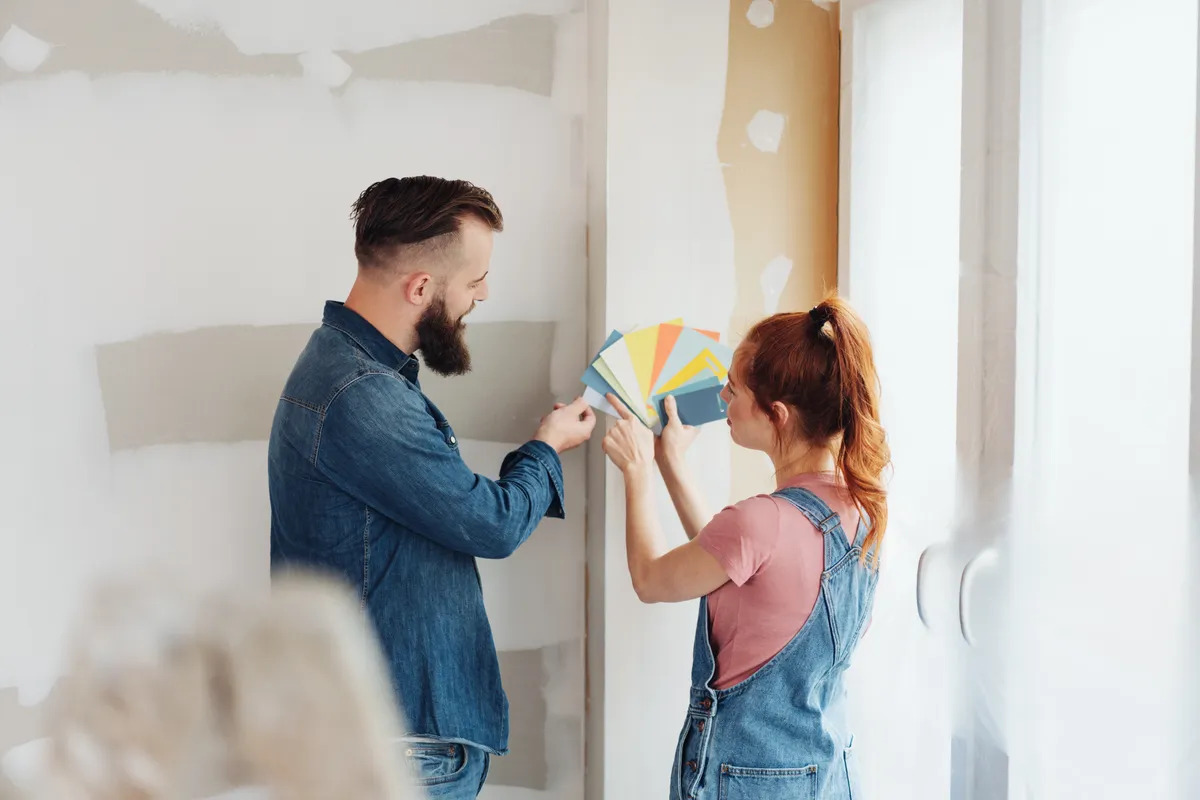
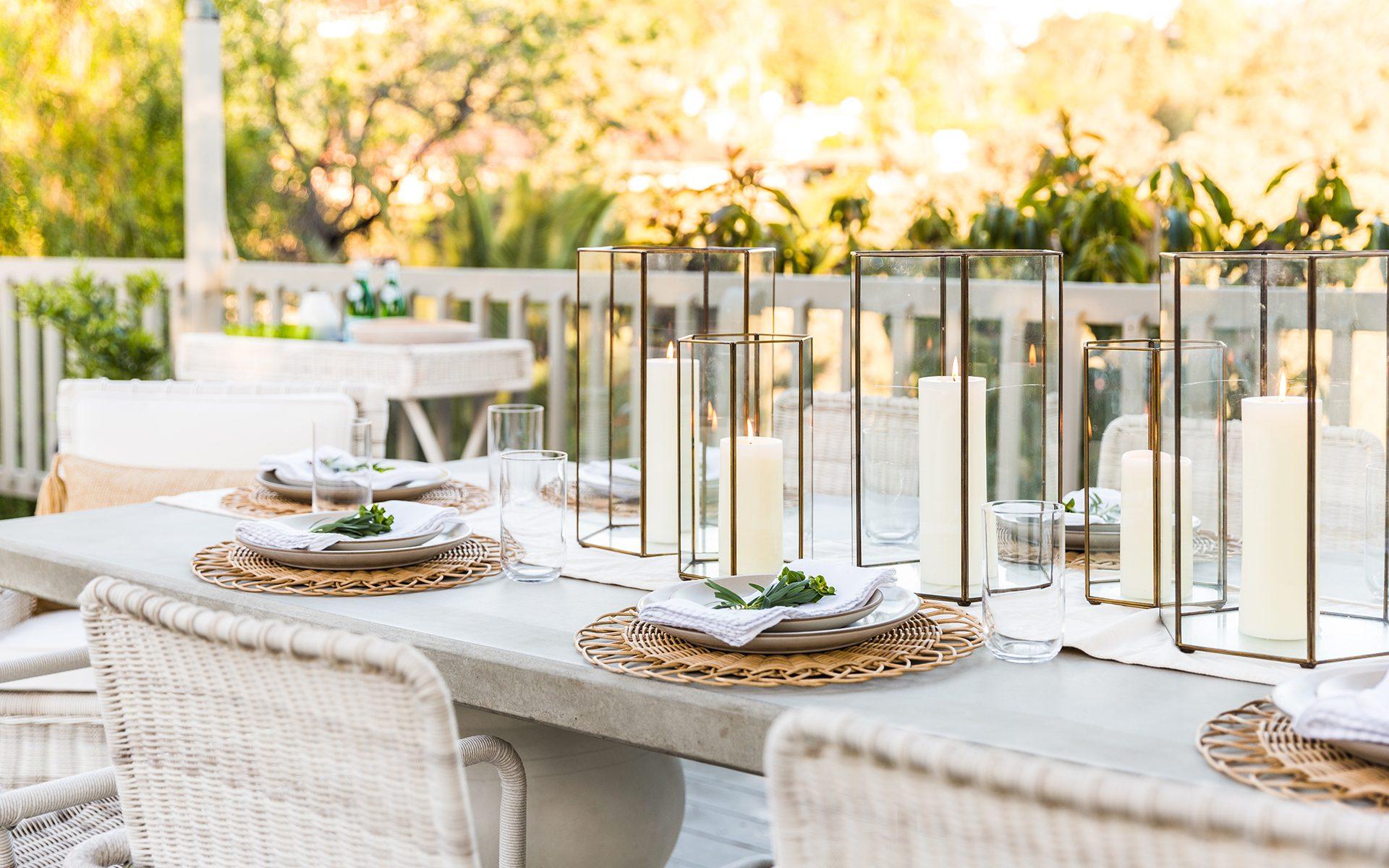

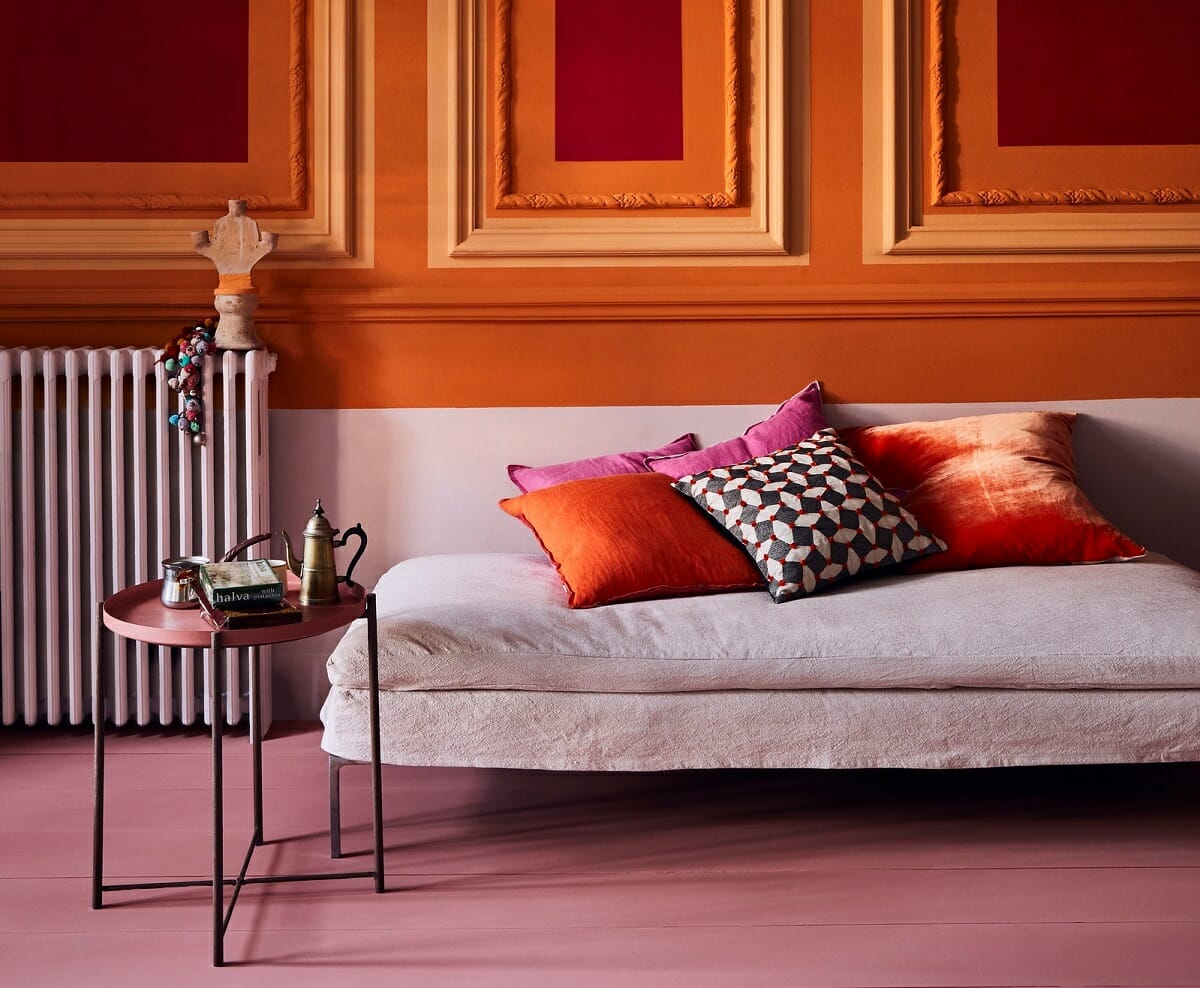

0 thoughts on “What Color Is Replacing Millennial Pink? Designers Love This Color Instead”